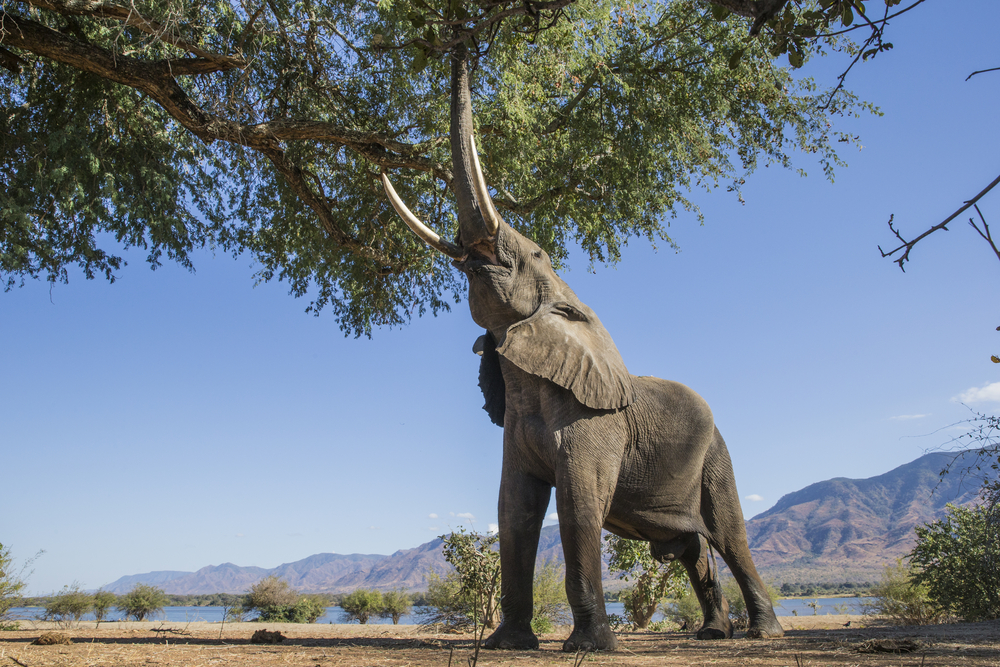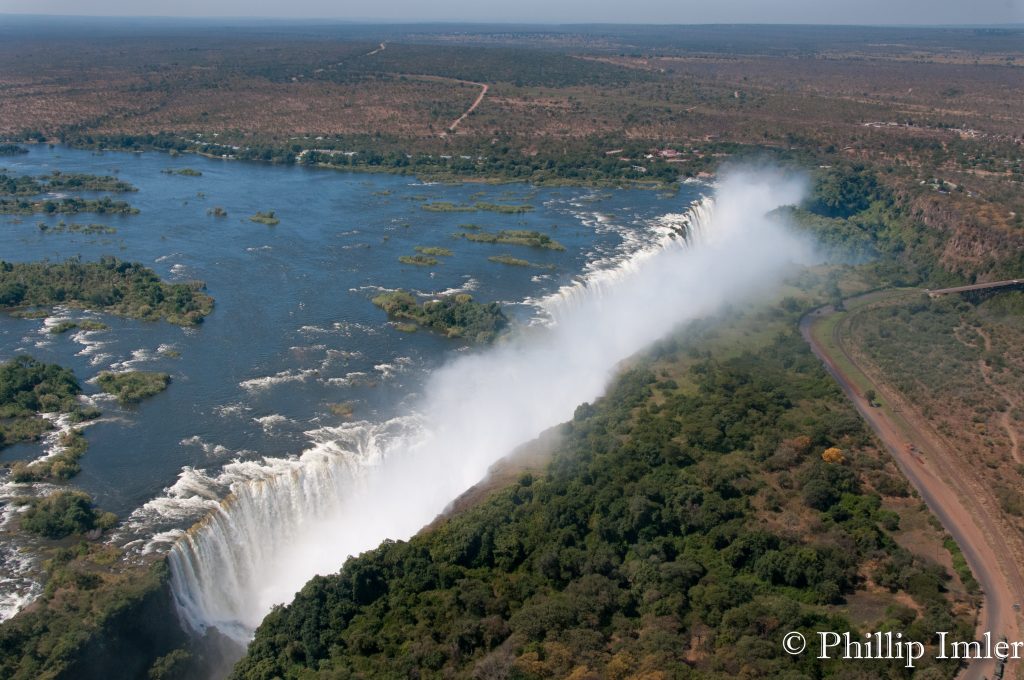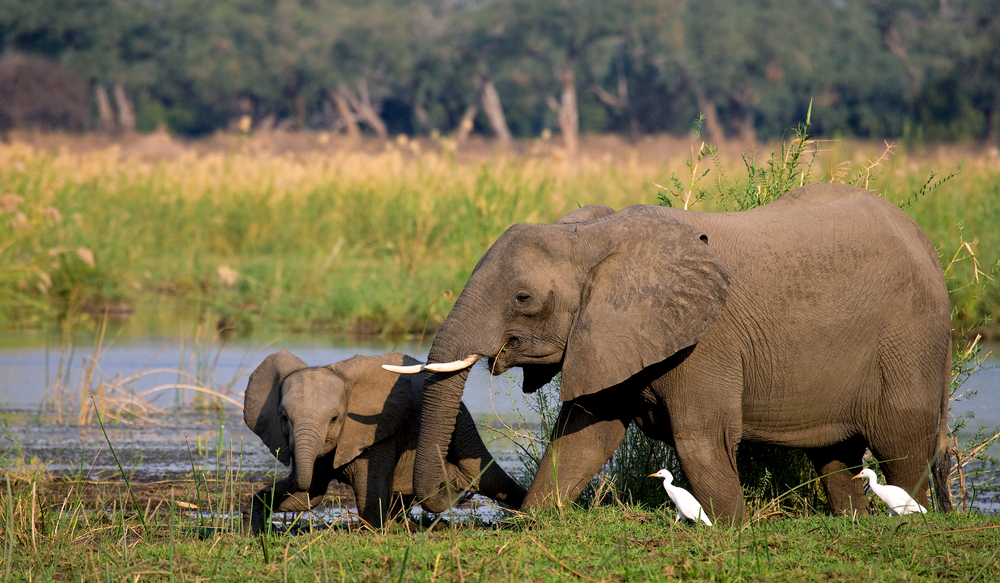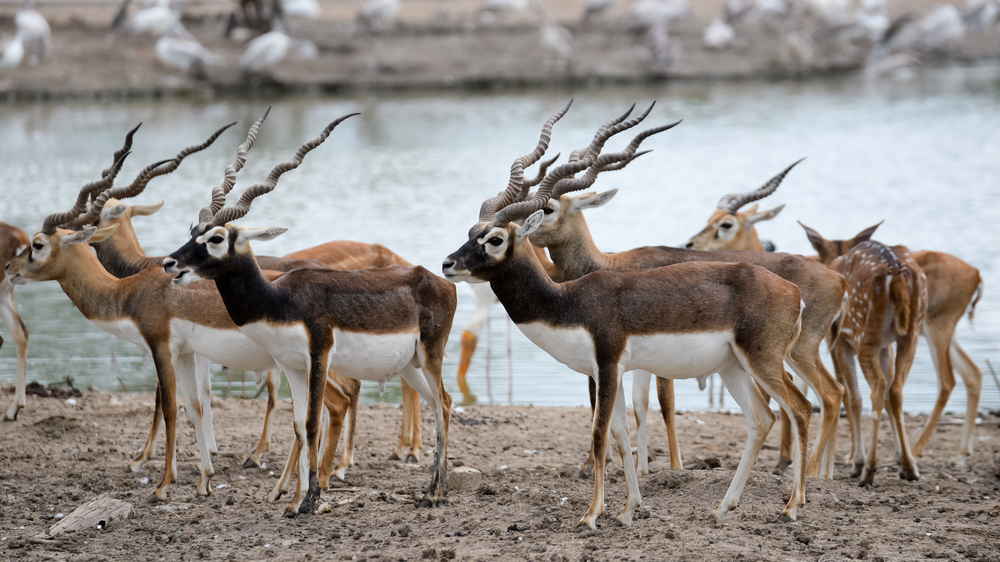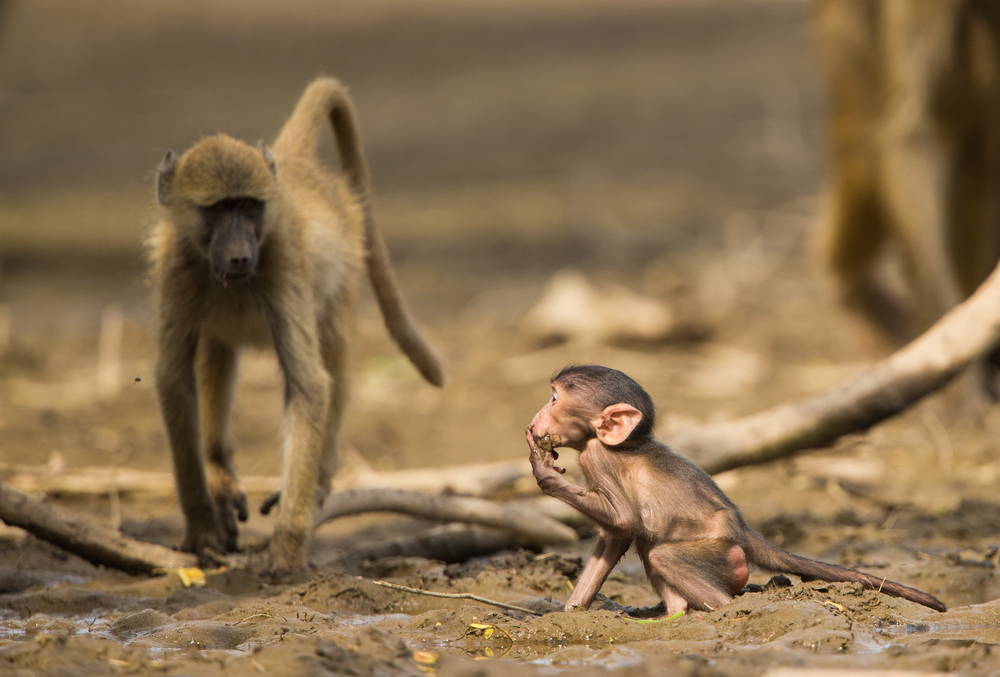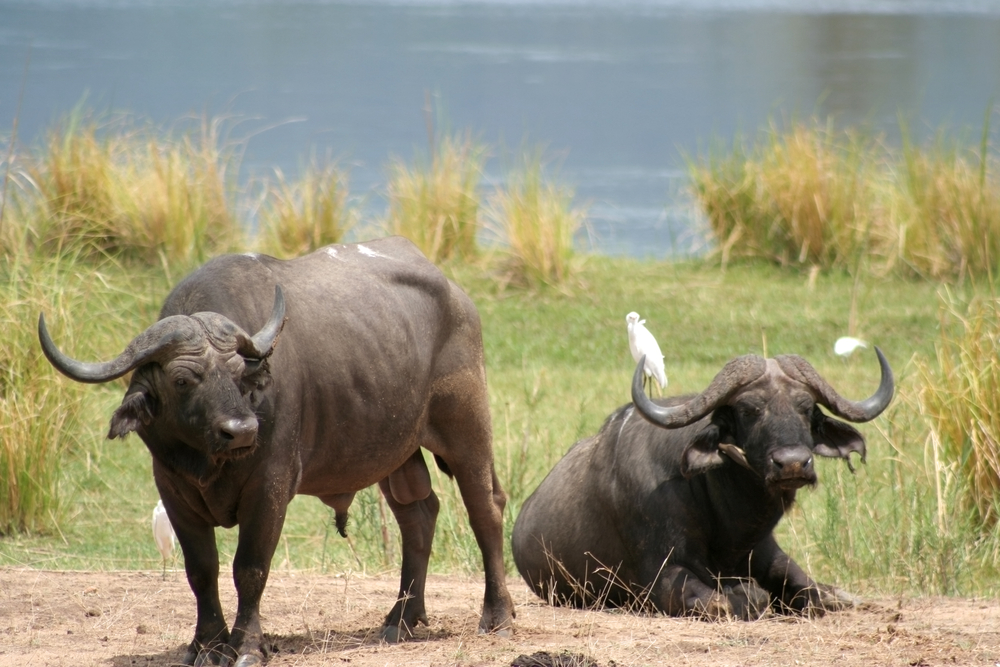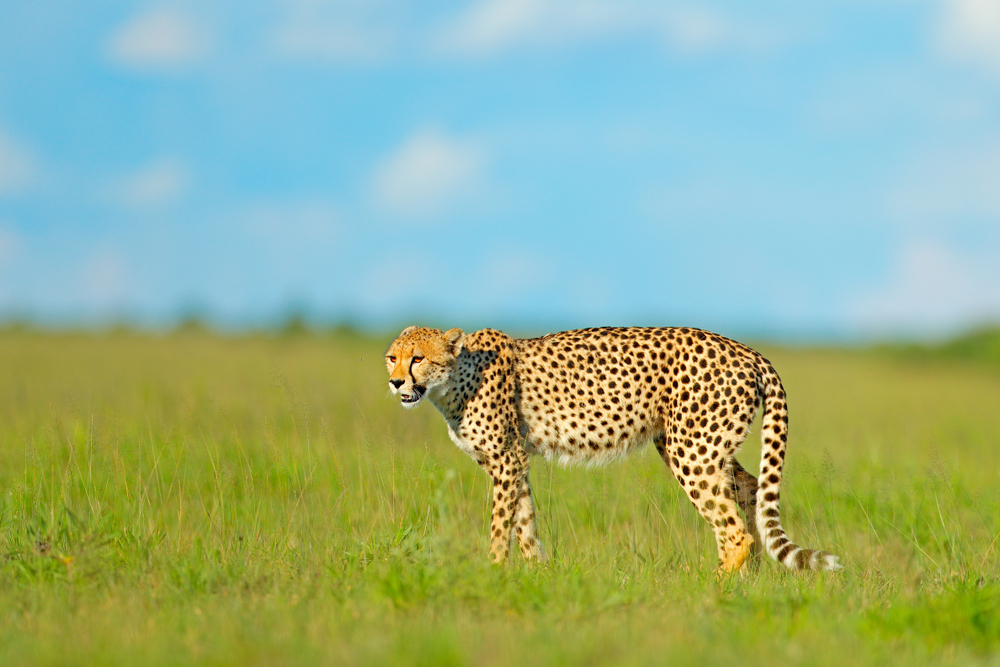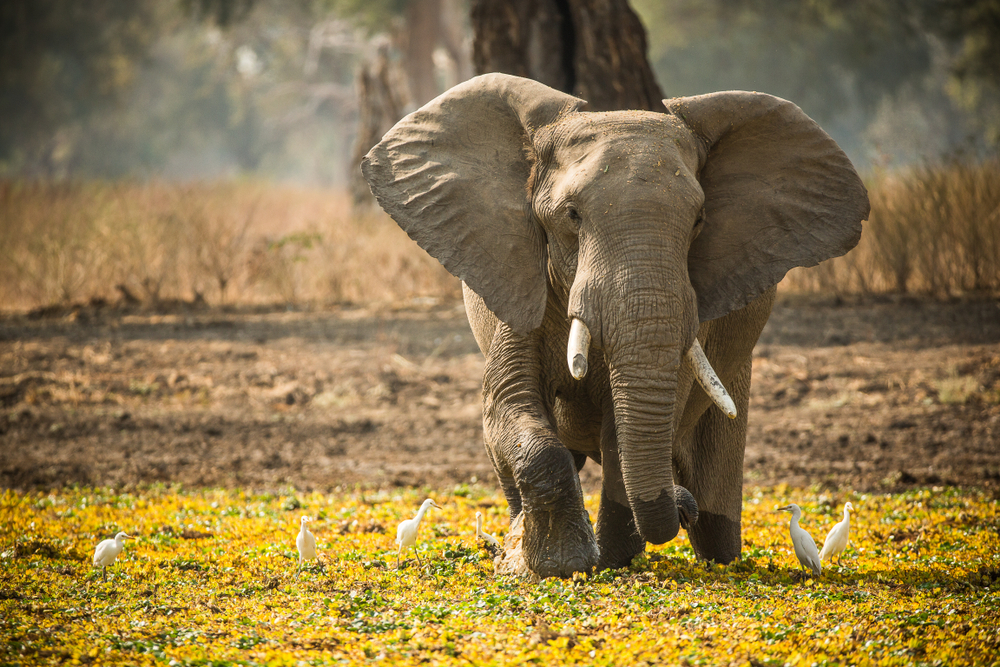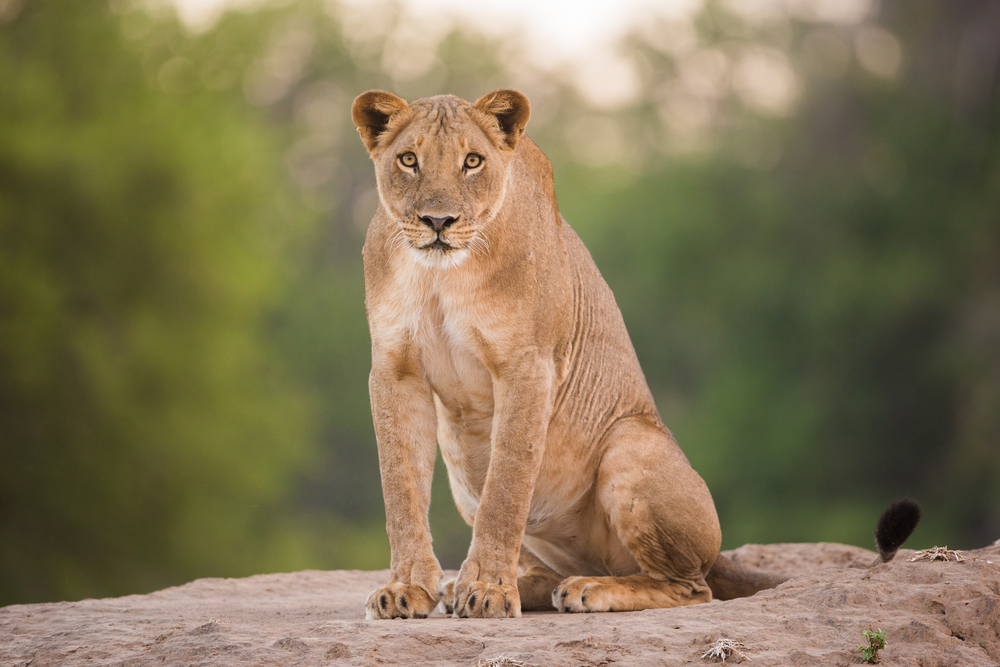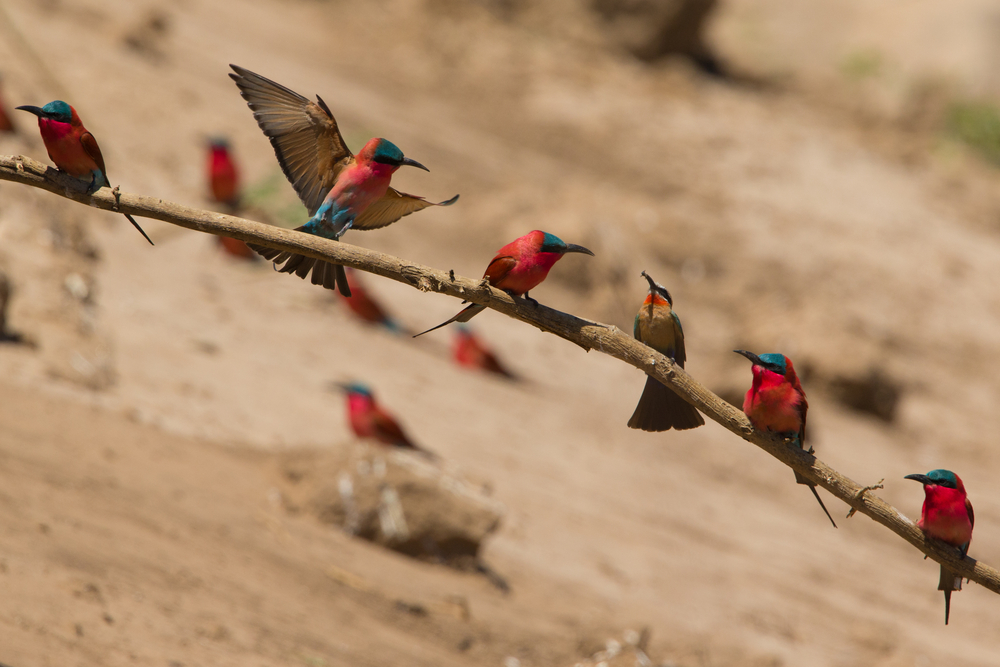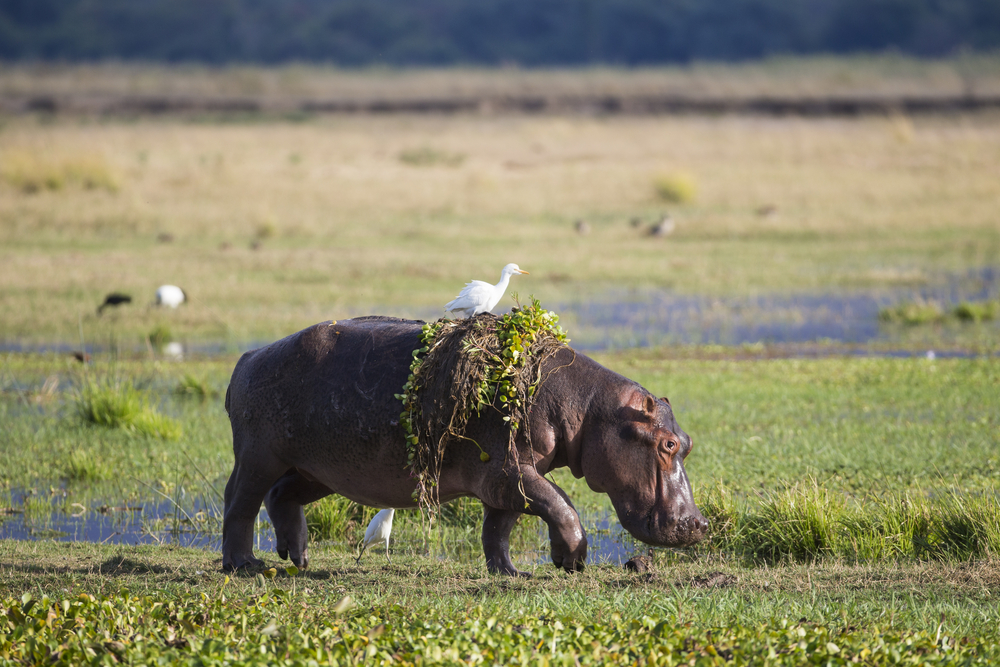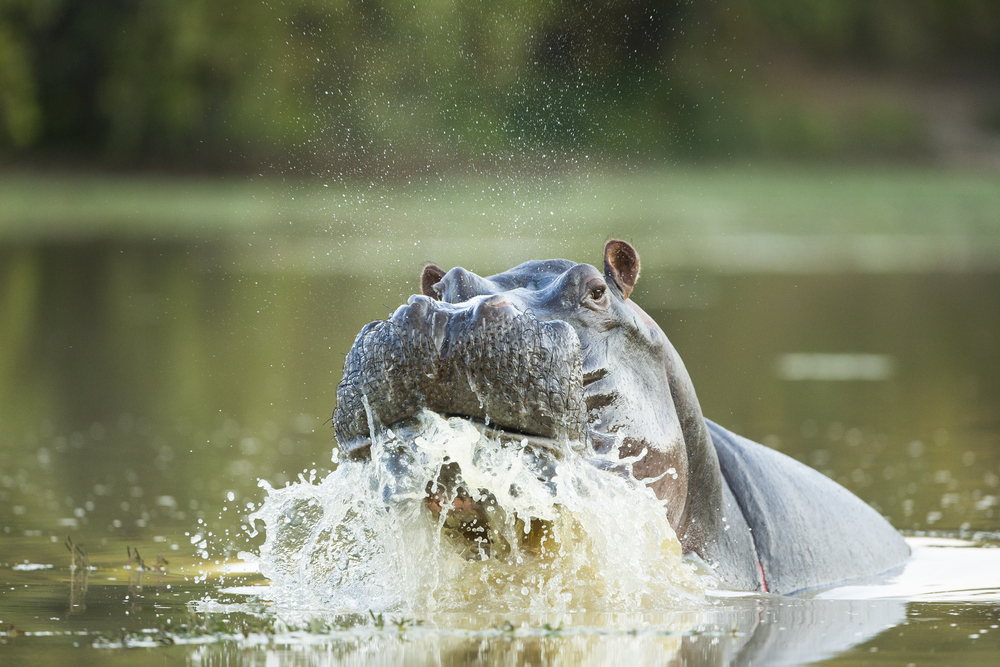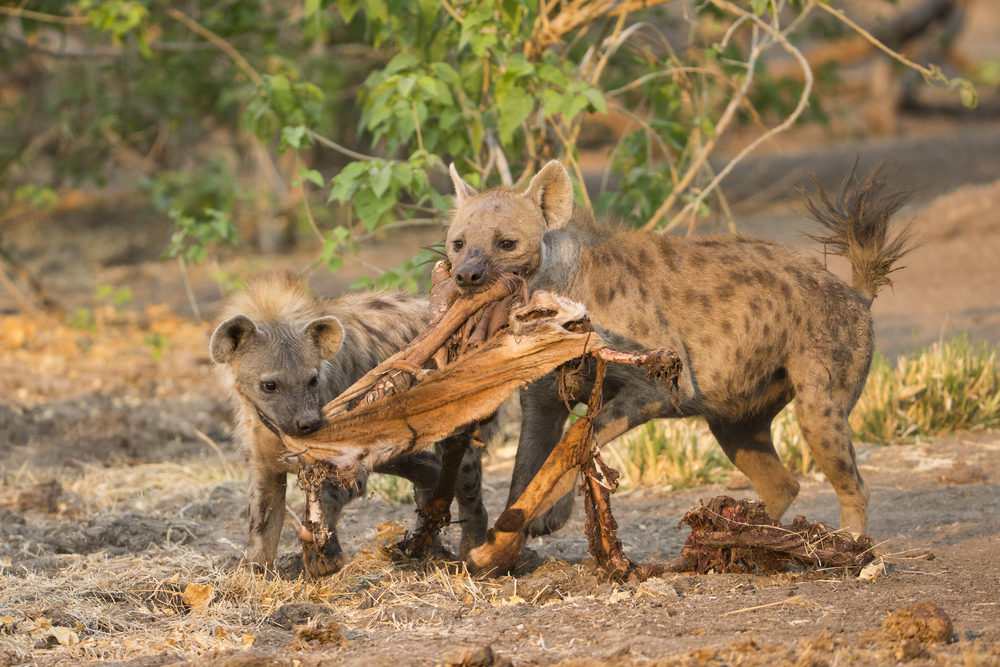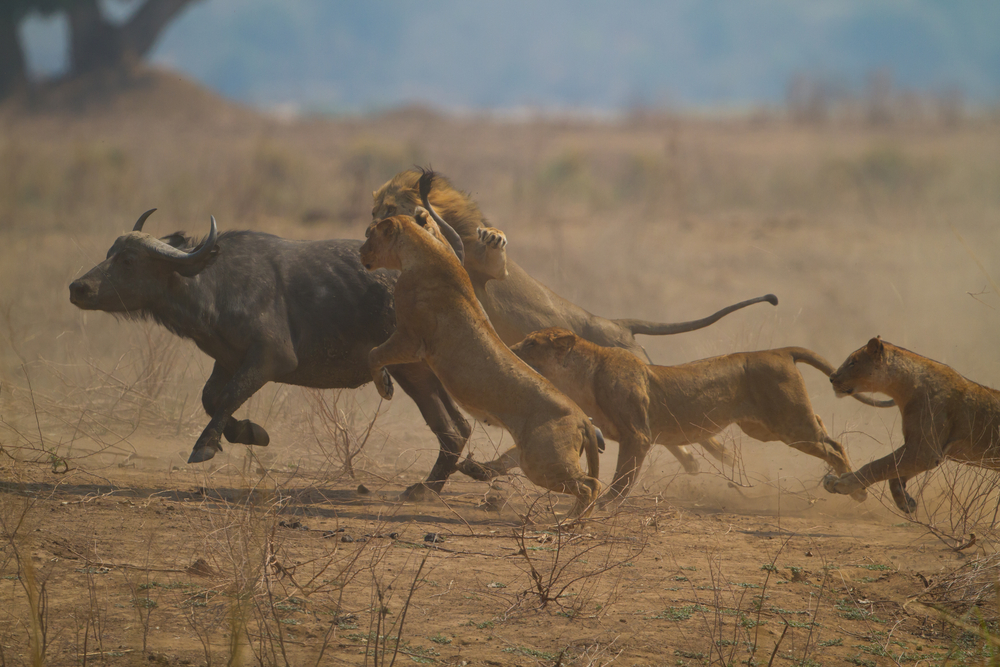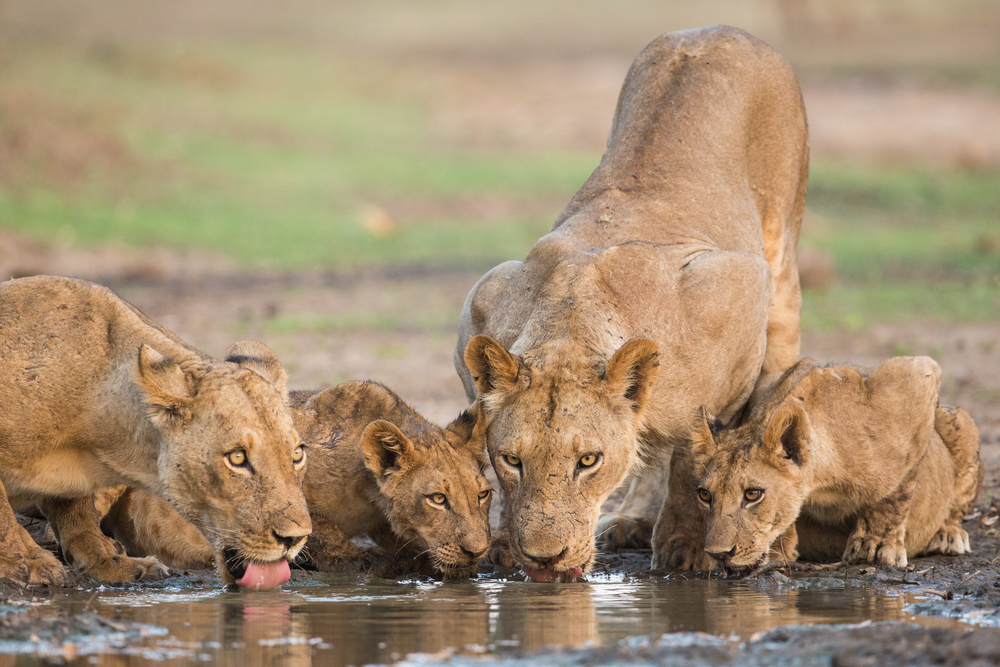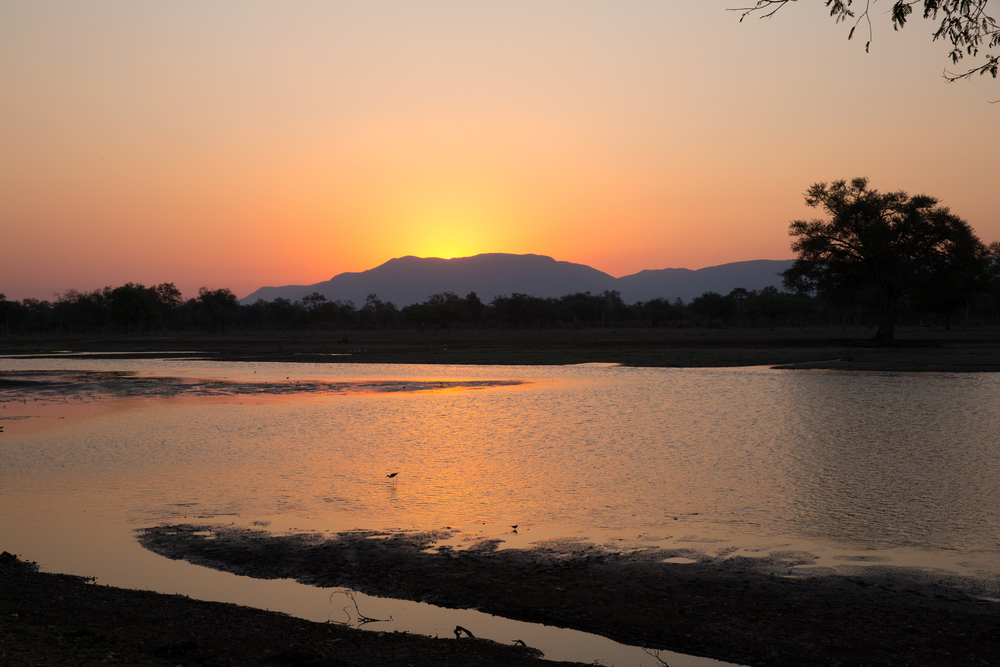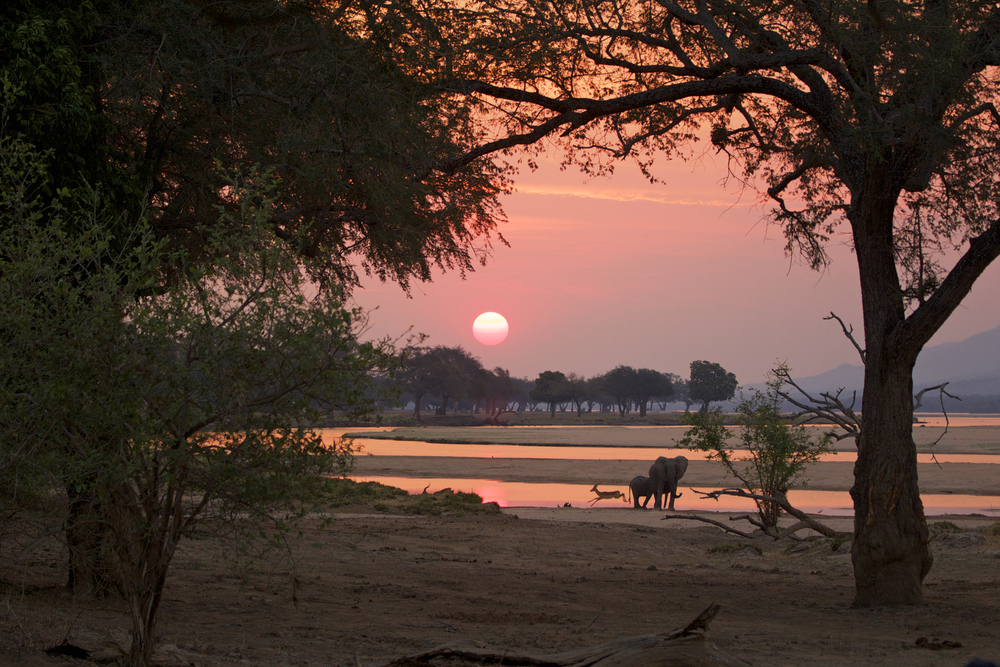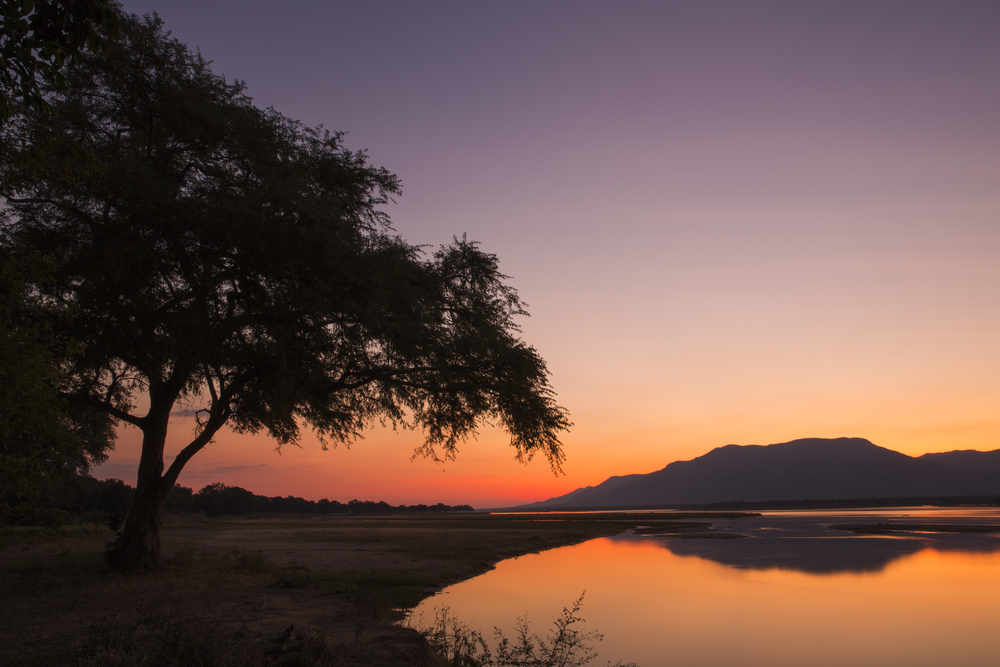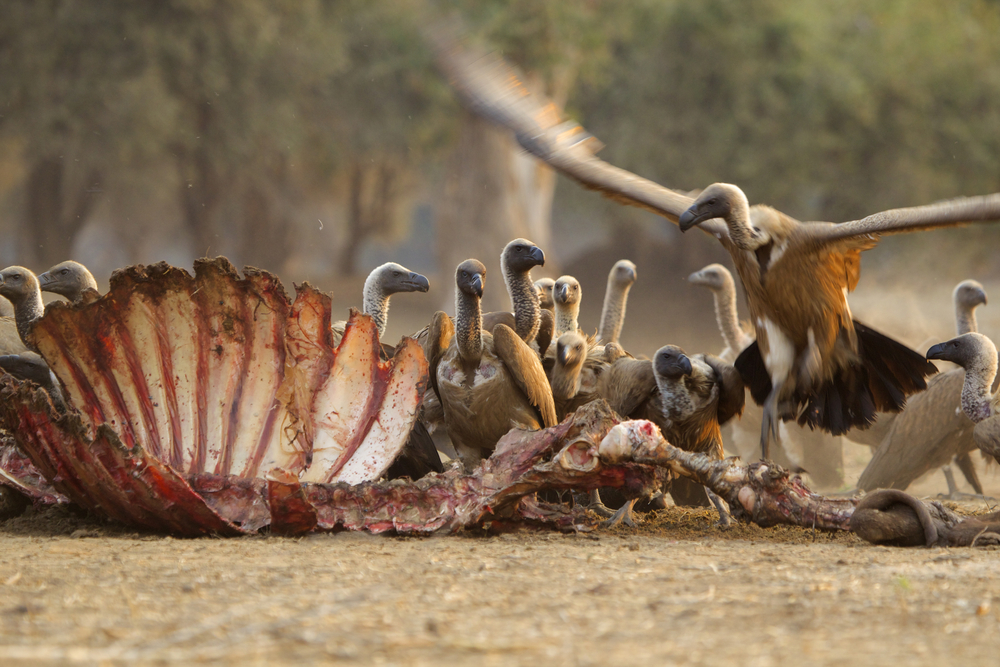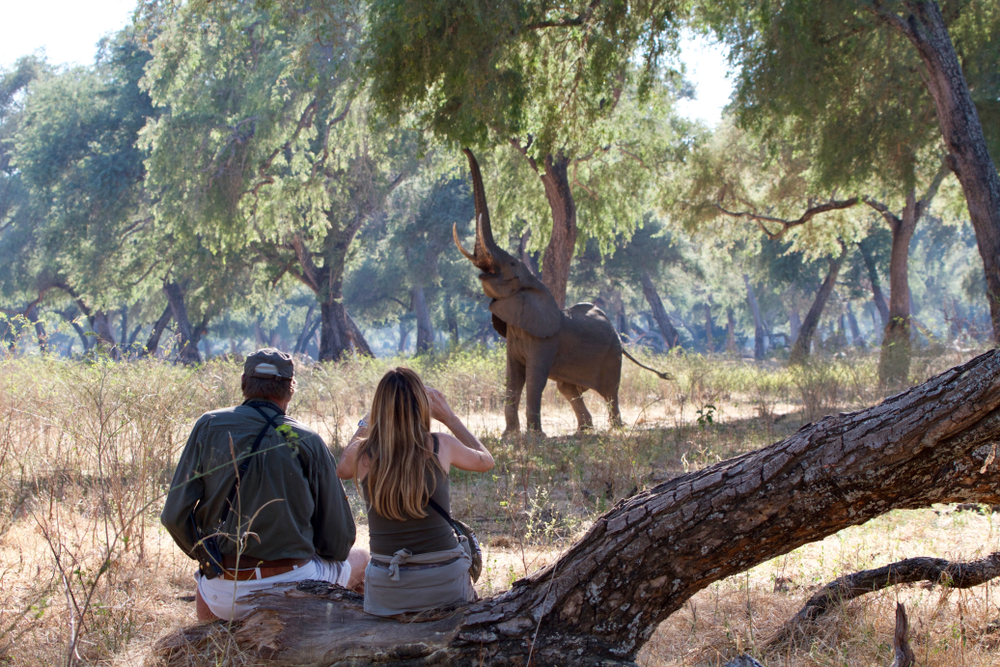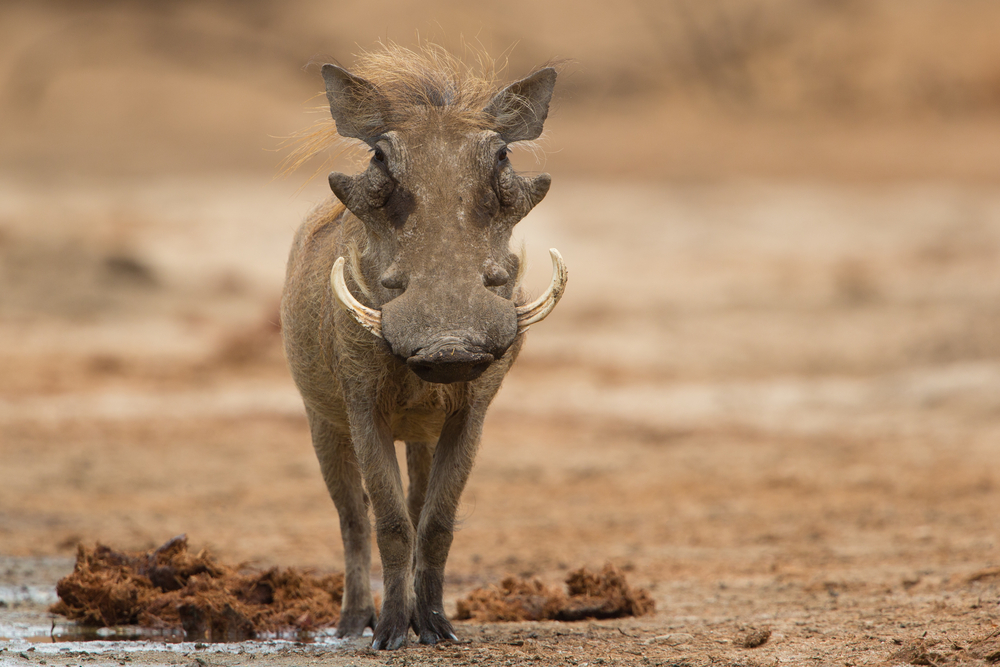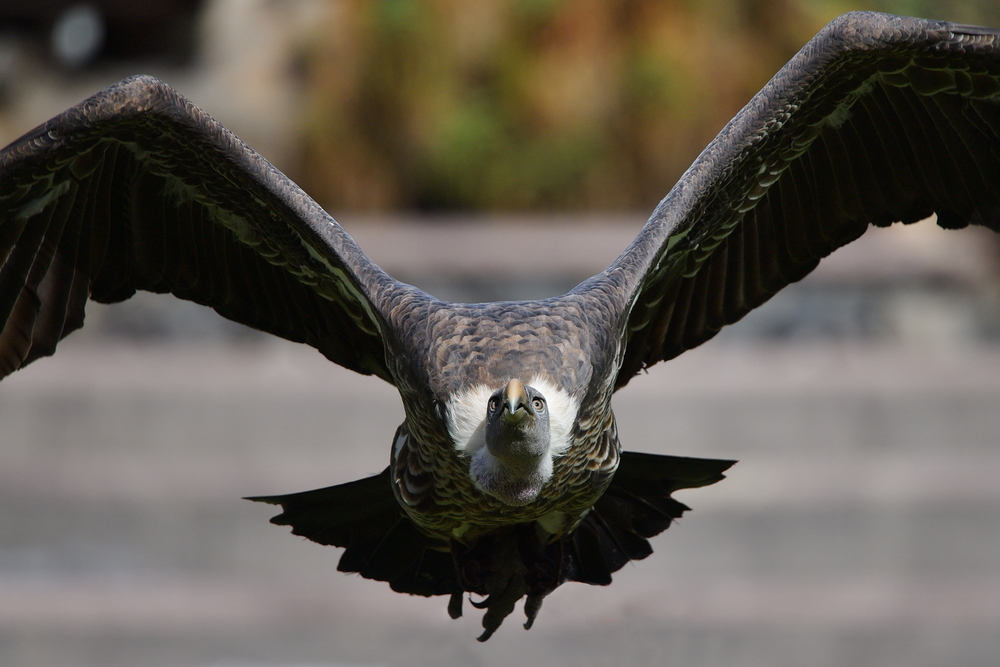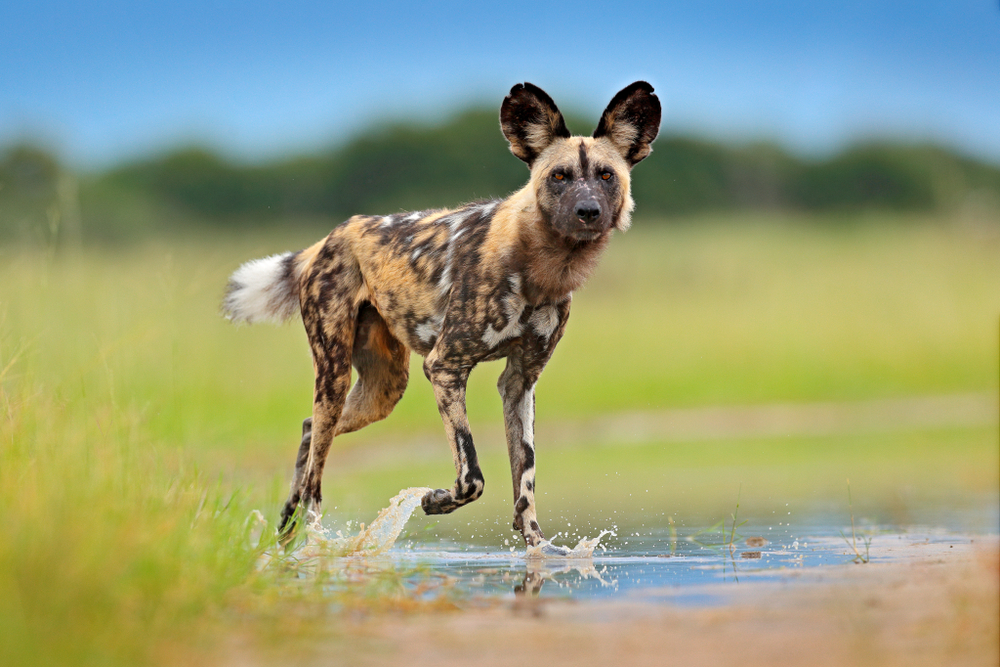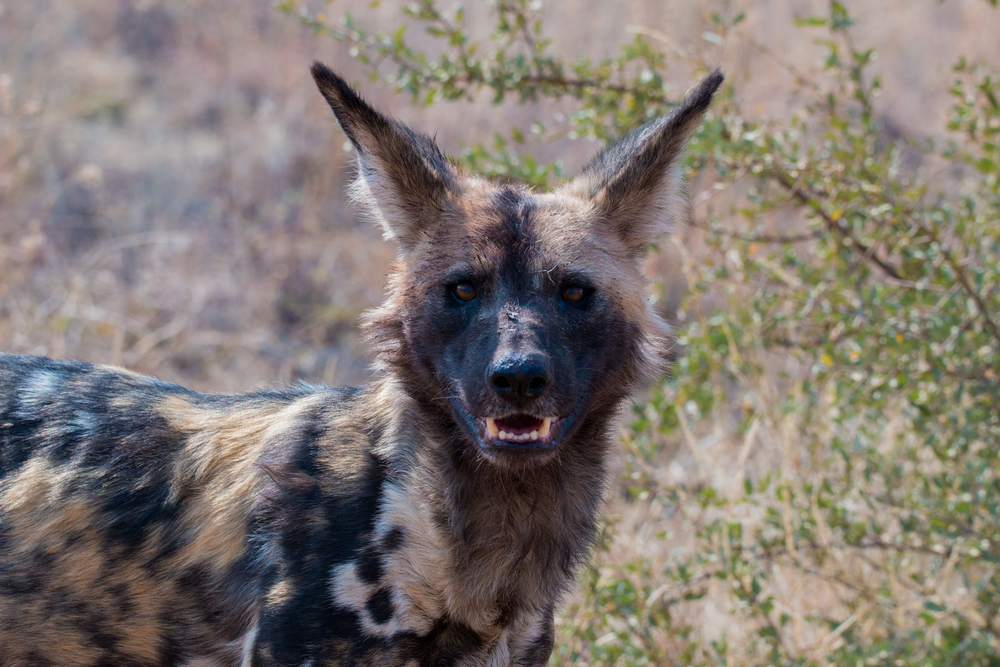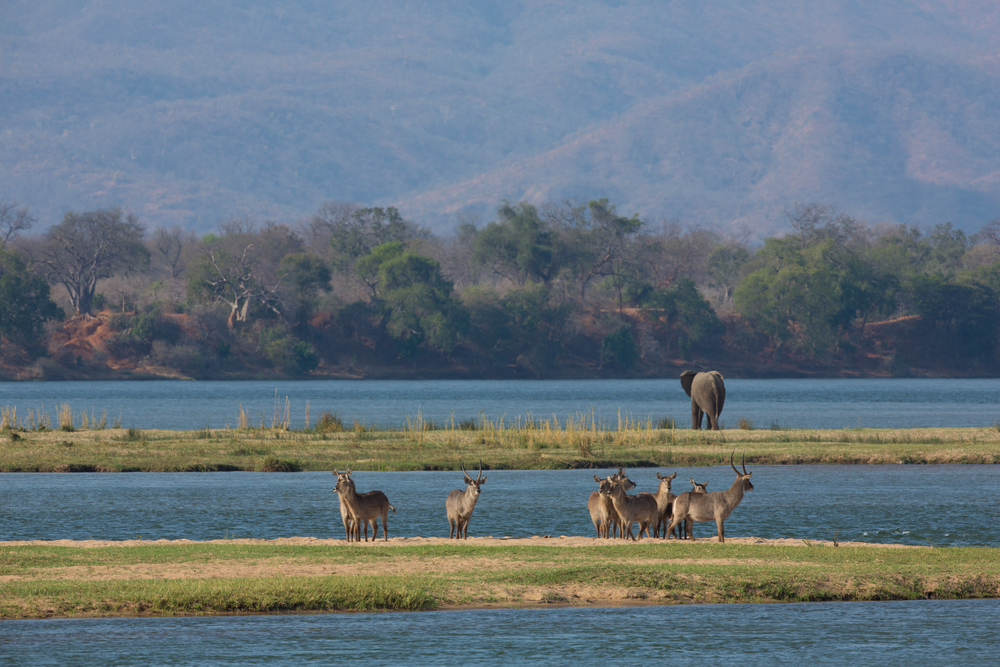Mana Pools Overview
Mana Pools National Park, a UNESCO World Heritage site, is a remarkable natural reserve located in the northern part of Zimbabwe, along the lower stretch of the Zambezi River. The park covers an area of approximately 2,196 square kilometers (848 square miles), characterized by its riverine forests, vast floodplains, and the four main pools from which it derives its name, “Mana” meaning ‘four’ in the local Shona language. These pools are remnants of channels of the Zambezi River, which have carved out a unique landscape over thousands of years.
Established in 1975, Mana Pools is celebrated for its natural beauty and the wide variety of wildlife that congregates around the water sources, especially during the dry season. The park’s landscape offers a dramatic backdrop of the Zambezi River against the rugged escarpment of the Rift Valley’s northern boundary, creating an unparalleled wilderness experience.
Mana Pools is renowned for its large populations of elephants, hippos, crocodiles, lions, and African wild dogs, among other species. The park’s accessibility to the Zambezi River allows for unique safari experiences, including canoeing and fishing, alongside traditional game drives and walking safaris. This hands-on approach to experiencing the African bush makes Mana Pools a favorite destination for adventurous travelers seeking an authentic connection with nature.
The park’s floodplains are also a bird watcher’s paradise, with over 350 bird species recorded, making it an important area for avian biodiversity. The combination of water-based and land activities in such a pristine environment offers visitors a multifaceted perspective on Zimbabwe’s natural heritage.
Mana Pools National Park stands out for its commitment to conservation and the preservation of its unique ecosystems. Its status as a UNESCO World Heritage site underscores its global importance as a natural reserve, contributing significantly to the understanding and appreciation of Africa’s wildlife and natural landscapes. The park’s untouched wilderness and the variety of wildlife encounters it offers make it one of Africa’s most remarkable conservation areas.
Park Map
Mana Pools National Park Highlights
Engaging Mana Pools
Mana Pools National Park Trails
Related National Parks More Zimbabwe
Sources
- Britannica, Mana Pools, https://www.britannica.com/place/Mana-Pools-National-Park, retrieved March 2023.
- Discover Africa, Mana Pools National Park, https://www.discoverafrica.com/safaris/zimbabwe/mana-pools-national-park/, retrieved March 2023.
- Safari Bookings, Mana Pools Wildlife, https://www.safaribookings.com/mana-pools/wildlife, retrieved March 2023.
- UNESCO, Mana Pools National park, Sapi and Chewore Safari Areas, https://whc.unesco.org/en/list/302/, retrieved March 2023.
- Zambezi, Mana Pools, https://www.zambezi.com/locations/mana-pools/, retrieved March 2023.








































































